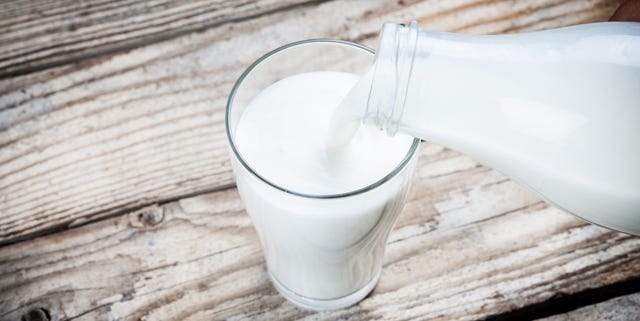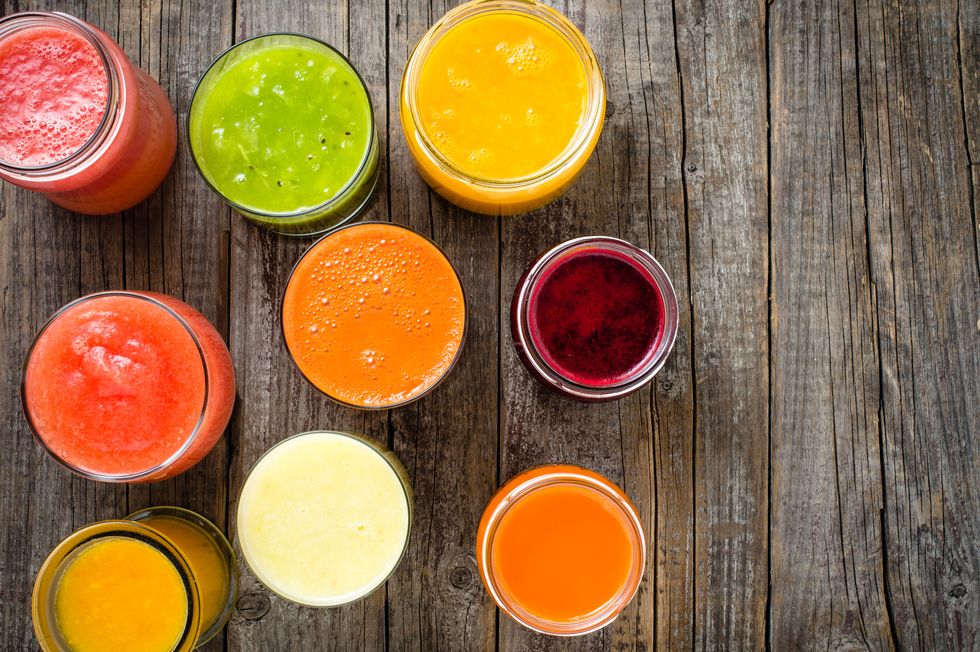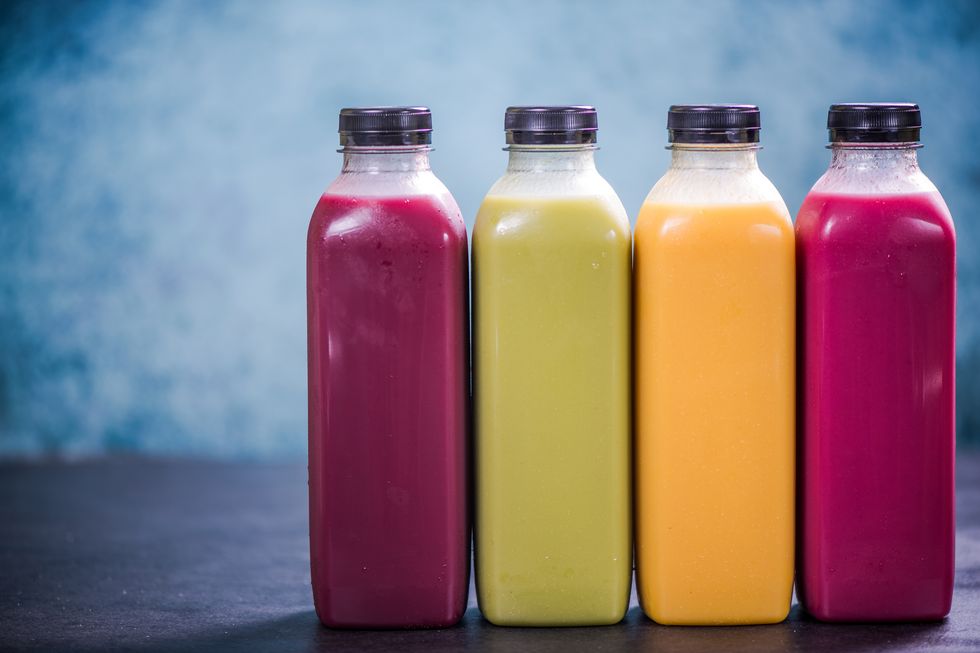We’ve all taken a swig out of a milk carton that’s a couple days past its expiration date without consequences. Which makes us wonder: Do these dates really mean anything?
"Expiration dates are something people find confusing and with good reason," says Don Schaffner, a professor of food science at Rutgers University. "There are expiration dates, best-by dates, best-before dates — and there’s not really a lot of standardization around what those all mean."
In fact, Schaffner says expiration dates are mostly based on product quality, not contamination risk, and often they’re set by legislation that’s not always based on the best scientific evidence. For example, milk produced in Schaffner’s state of New Jersey has one expiration date if it’s sold within the state, but that same milk is stamped with a different expiration date if it’s sold just across the state line in New York.
Still, there are some drinks that food scientists just don't take chances with. Here’s what they say could turn potentially dangerous.
Anything Raw
E. coli is the pathogen most commonly associated with unpasteurized drinks, but it’s not the only one. "Unpasteurized milk can support listeria growth, even in the refrigerator," says Kathleen Glass, associate director of the Food Research Institute at the University of Wisconsin-Madison.
Pasteurization kills pathogens by heating up milk (and other beverages) to a temperature higher than that which bacteria can withstand. This was traditionally done in a giant vat, where milk was heated to 145 degrees for 30 minutes, according to the International Dairy Foods Association.
These days, the more common technique is high-temperature, short-time pasteurization, which cranks up the heat to 161 degrees for 15 seconds, followed by rapid cooling — which kills potential pathogens and makes beverages much safer to drink.
Interestingly, unpasteurized apple cider (which ferments over time) may actually become safer past its expiration date. "If your apple cider was contaminated with E. coli," explains Schaffner, "the bacteria would actually die faster at room temperature because the cider would turn to alcohol and kill it."
100% Vegetable Juice
Fruit juices tend to be acidic — think apple, grape, orange, and tomato — and acid is a good protection against foodborne pathogens, Glass says. Acid makes it harder for bacteria to survive. Fresh vegetable juices that aren’t blended with fruit juices, on the other hand, are more likely to become contaminated past their expirations, making them unsafe to drink.
Cold Pasteurized Drinks
Cold pasteurization kills bacteria in food without using heat. There are several methods of cold pasteurization, but high-pressure processing (HPP) is the one most commonly associated with fresh juices.
It works by applying intense pressure to already bottled beverages to kill off potential pathogens and extend shelf life, but it’s not a replacement for thermal pasteurization.
"Cold pasteurization is not quite as effective," says Glass, "and the shelf life of cold pasteurized juices is still shorter than those pasteurized with heat, especially if they don’t contain fruit."
Beverages Stored Improperly
It’s common sense that anything you buy in the refrigerated section of the grocery store is going to go bad faster than the shelf-stable stuff. Keeping things at the right temperature is key. As a food safety educator, Glass can’t help looking at refrigeration thermometers at the grocery store.
"I have been known to find the manager and ask questions if I think something is off," she says, noting that even your refrigerator at home can cause trouble. "I always make sure my fridge is between 38 and 40 degrees. Anything above that makes it easier for bacteria to grow."

















